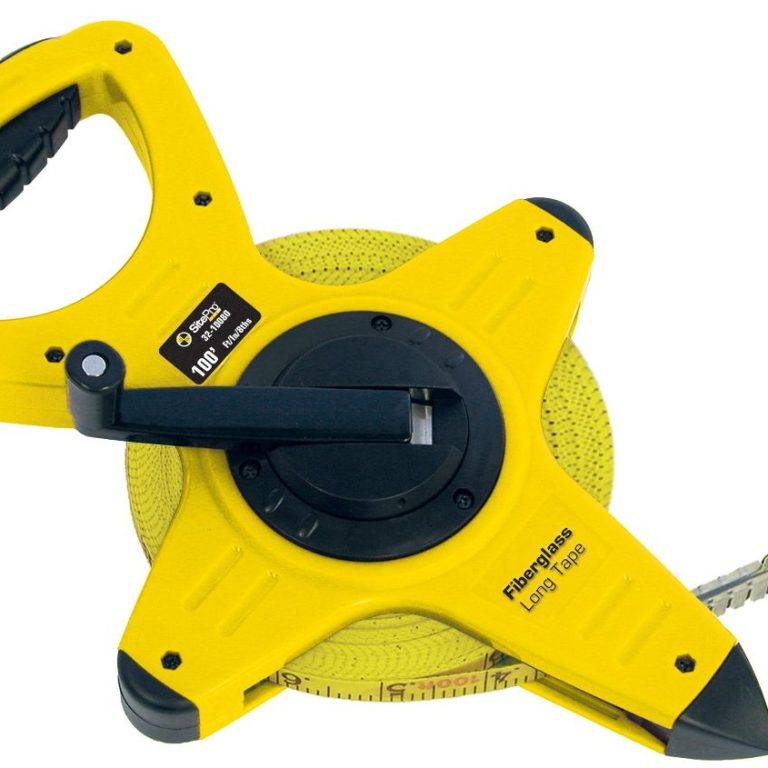
MM on Tape Measure: A Guide to Precise Metric Measurements
When it comes to accurate measurements, the mm on tape measure plays a crucial role in both professional and DIY projects. Whether you are a construction professional, a tailor, or a hobbyist, understanding how to effectively use the millimeter markings on a tape measure can significantly enhance the precision of your work. This guide explores the various aspects of mm on tape measures, ensuring you have the knowledge to select, use, and maintain the best tape measure with millimeter markings for your needs.
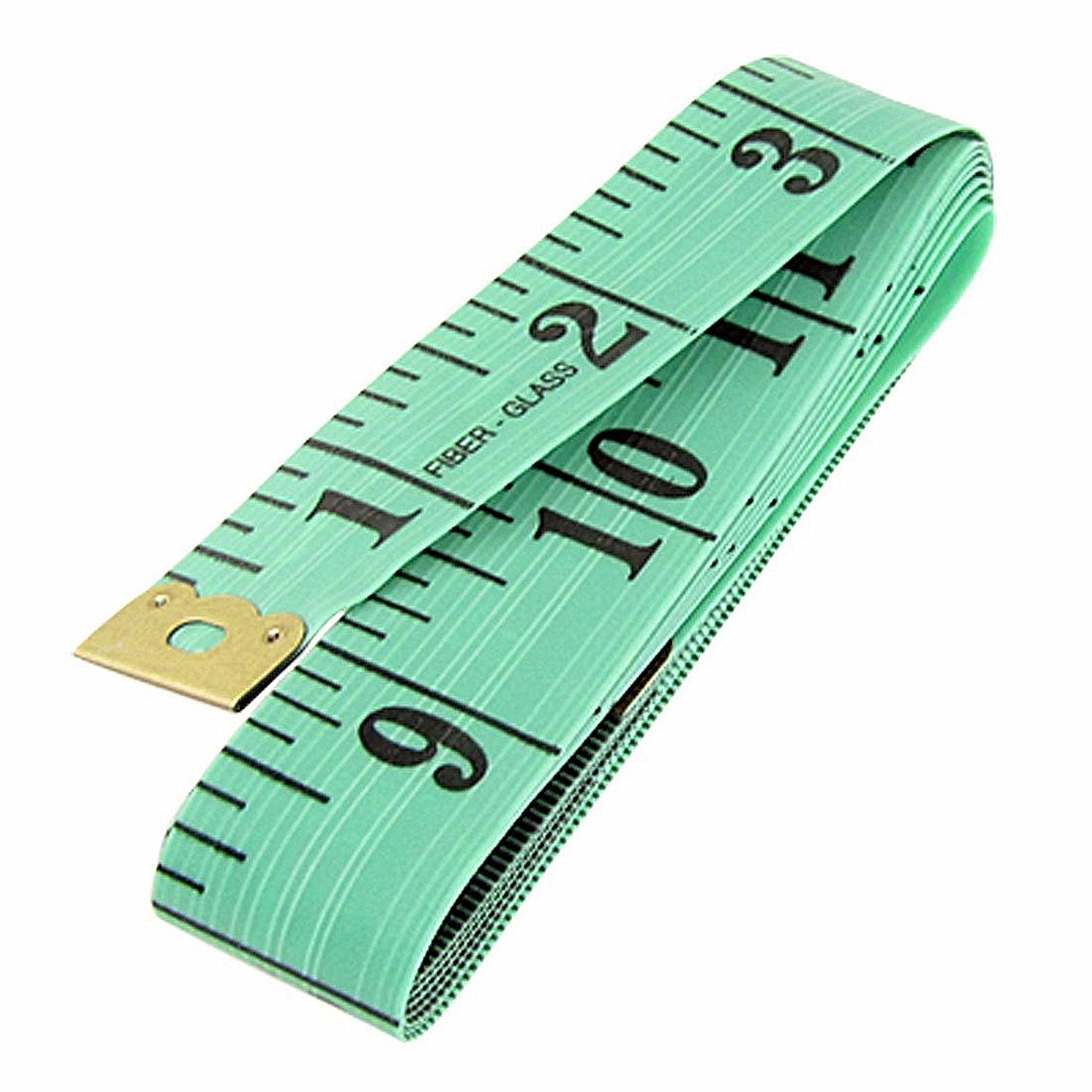 The Importance of mm on Tape Measure
The Importance of mm on Tape Measure
Why Millimeters Matter
Millimeters provide a level of precision that is often essential for detailed work. In fields such as engineering, carpentry, and sewing, even the smallest measurement differences can impact the final outcome. The mm on tape measure allows for measurements that are more exact than those using only inches or centimeters, making it indispensable for tasks requiring high accuracy.
Comparing Metric and Imperial Systems
While the imperial system, which includes inches, is widely used in countries like the United States and the United Kingdom, the metric system’s millimeters offer a more standardized and universally accepted measurement unit. This standardization is particularly beneficial in international projects where consistency in measurements is crucial.
Enhancing Precision in Projects
Using the mm on tape measures ensures that every measurement is precise, reducing the margin for error. Whether you are cutting fabric, measuring materials for construction, or creating detailed plans, millimeter accuracy helps achieve professional-quality results.
Types of Tape Measures
Steel Tape Measures
Steel tape measures are known for their durability and resistance to stretching. They are ideal for heavy-duty tasks where the mm on tape measures needs to remain accurate under tough conditions. Additionally, steel tapes often come with reinforced hooks to secure measurements firmly.
Fiberglass Tape Measures
Fiberglass tapes are flexible and resistant to corrosion, making them suitable for outdoor use and environments where moisture is a concern. The mm on tape measures on fiberglass tapes is usually clearly printed, enhancing readability and ease of use.
Cloth Tape Measures
Cloth tapes are predominantly used in tailoring and sewing. Their soft and flexible nature allows for smooth measurements around curves and contours. The mm on tape measures on these tapes ensures precise fabric measurements, essential for creating well-fitted garments.
Digital Tape Measures
Digital tape measures incorporate electronic features such as digital displays and memory functions. The mm on tape measures in digital models is displayed digitally, offering enhanced accuracy and convenience, especially for repetitive or complex measurements.
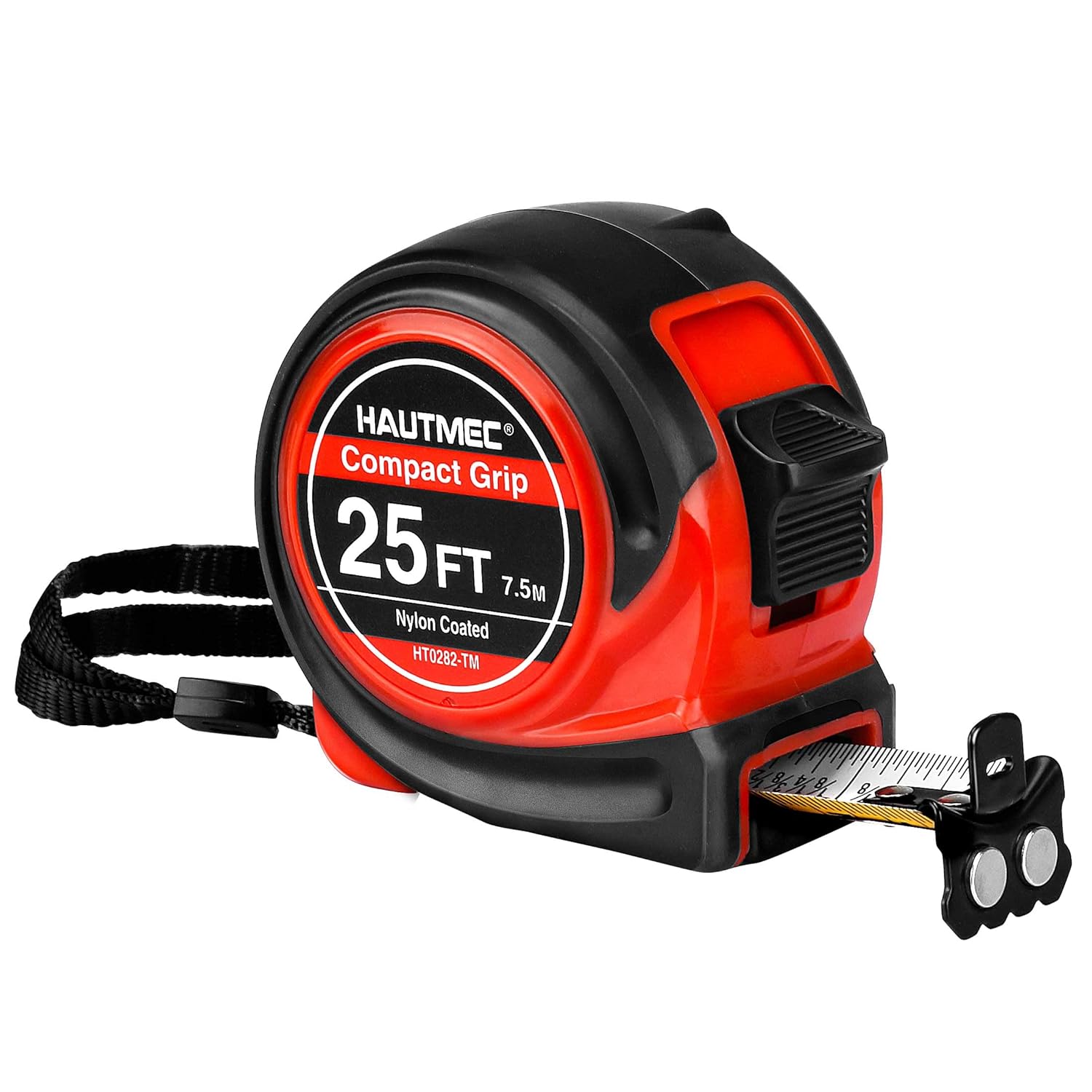 Key Features to Look for
Key Features to Look for
Measurement Length and Range
Tape measures with mm on tape measure come in various lengths, typically ranging from 2 meters to 30 meters or more. Select a length that matches the scope of your projects. For household tasks, a 5-meter tape measure might be sufficient, whereas professional contractors might require longer measurements.
Blade Precision and Durability
The blade’s precision is critical when using the mm on tape measure. Look for tapes with fine, clearly marked millimeter increments. Additionally, the blade should be made from durable materials that resist wear and tear, ensuring long-term accuracy.
Locking Mechanism
A reliable locking mechanism is essential for maintaining measurement accuracy. Tape measures with a strong lock prevent the blade from retracting while you take your measurement, ensuring that the mm on tape measures remains steady and precise.
Visibility of Millimeter Markings
Clear and easy-to-read millimeter markings enhance measurement accuracy. Choose a tape measure where the mm on tape measure is printed in a high-contrast color against the tape’s background, making it easier to see and reducing the likelihood of errors.
Hook Design
The hook at the end of the tape measure plays a significant role in securing measurements. A well-designed hook allows for accurate measurements by accounting for its thickness, especially important when precise mm measurements are required.
How to Accurately Read mm on Tape Measures
Understanding the Millimeter Markings
Each centimeter on the tape measure is divided into ten millimeters. Familiarize yourself with the mm on tape measure by identifying the smaller lines between each centimeter mark. This understanding is crucial for taking precise measurements.
Counting Millimeters
To measure accurately, count each millimeter increment between the visible centimeter marks. For example, if you measure 25 millimeters, locate the fifth small line between the 2 cm and 3 cm marks.
Using the Hook for Precision
The metal hook at the end of the tape measure can be used to anchor measurements. To ensure precision, hook the tape measure to the starting point firmly and extend it to the desired length, reading the mm on tape measures accurately from the extended position.
Measuring Different Surfaces
For internal measurements, such as the width of a window frame, ensure you start measuring from the inside edges. For external measurements, start from the outside edges to capture the full span, using the mm on tape measures for exactness.
Tips for Using Tape Measure Effectively
Keep the Tape Straight and Taut
Ensuring that the tape measure remains straight and taut during measurement prevents bending or sagging, which can lead to inaccurate mm measurements. Practice maintaining tension as you extend the tape to different lengths.
Double-Check Your Measurements
Always verify your measurements by measuring twice. This practice helps catch any errors and confirms the accuracy of the mm on tape measure, which is especially important for critical measurements.
Select the Appropriate Tape Measure
Choose a tape measure with mm on tape measure that suits your specific project needs. For detailed sewing projects, a flexible cloth tape is ideal, while a sturdy steel tape is better for construction work requiring precise millimeter measurements.
Regular Practice
Regularly using the mm on tape measure enhances your proficiency with the tool. The more you practice, the more familiar you become with reading and interpreting millimeter markings accurately.
Proper Storage and Maintenance
After use, retract the tape measure fully and store it in a dry, safe place. Proper storage prevents damage to the mm on tape measures and ensures the tape’s longevity and accuracy.
Maintenance Tips
Cleaning the Tape
Regularly clean the tape measure to remove dirt and debris that can obscure the mm on tape measures or interfere with the tape’s retraction. Use a damp cloth to wipe the tape, ensuring it remains free from buildup.
Lubricating the Blade
Occasionally lubricate the tape measure’s blade and mechanisms to maintain smooth operation. A light application of oil can prevent rust and ensure the tape retracts efficiently, preserving the accuracy of the mm on tape measures.
Inspecting for Wear and Tear
Regularly inspect the tape measure for signs of wear and tear, such as frayed edges, bent hooks, or faded millimeter markings. Addressing these issues promptly extends the tool’s lifespan and maintains its functionality.
Proper Storage Practices
Store the tape measure in a cool, dry place away from direct sunlight. Avoid dropping or twisting the tape, as this can cause internal damage and affect the mm on tape measure’s precision.
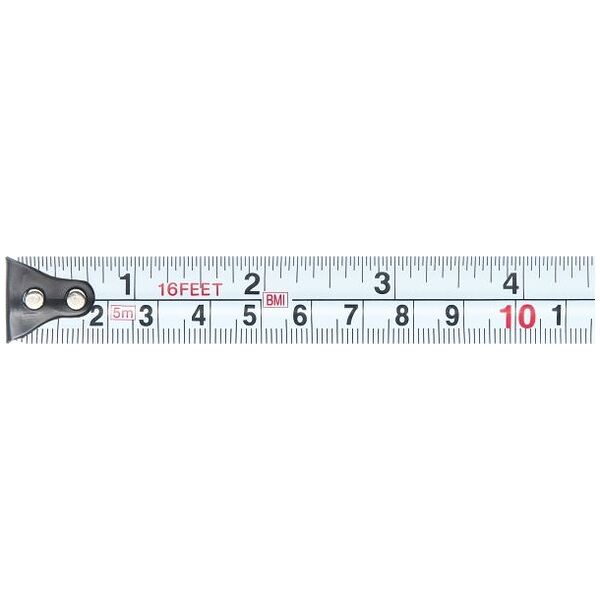 Comparing Tape Measures
Comparing Tape Measures
Precision and Usage
Millimeters offer more precise measurements compared to inches, making the mm on tape measure essential for tasks requiring high accuracy. While inches are practical for everyday use in certain regions, millimeters provide the detailed precision needed for technical projects.
Measurement Systems Familiarity
The choice between using mm on tape measure and inches depends largely on the measurement system you are accustomed to. Professionals working in international environments may prefer millimeters for their universal standardization.
Dual-Scale Tape Measures
Many modern tape measures include both millimeter and inch markings, allowing users to switch between systems as needed. This versatility makes dual-scale tape measures with mm on tape measure a popular choice for those who work across different measurement standards.
Innovative Features in Modern Tape Measures
Magnetic Hooks
Some tape measures with mm on tape measure come with magnetic hooks, providing a firmer hold when measuring around metal objects. This feature enhances convenience, especially in construction settings where metal beams and structures are common.
LED Lighting
Integrated LED lights illuminate the measurement area, making it easier to read the mm on tape measure in low-light conditions. This innovation is particularly useful for intricate tasks or when working in dark environments.
Digital Displays
Digital tape measures display measurements electronically, eliminating the need to interpret mm on tape measure manually. These models often include additional features like area and volume calculations, enhancing their utility for complex projects.
Self-Locking Mechanisms
Advanced self-locking mechanisms ensure the tape remains extended without manual locking, offering hands-free measuring and increased ease of use. This feature is especially beneficial when precision is required, as it allows for more stable and accurate mm measurements.
Applications in Various Fields
Construction and Carpentry
In construction and carpentry, tape measures with mm on tape measure are essential for measuring lengths, widths, and heights of structures. Their precision ensures that materials are cut accurately, contributing to the structural integrity of buildings and installations.
Sewing and Tailoring
Sewers and tailors rely on the mm on tape measure to measure fabric and body dimensions accurately. The flexibility and precision of cloth tape measures with millimeter markings are crucial for creating custom-fit garments and intricate designs.
Home Improvement Projects
From installing shelves to painting rooms, the mm on tape measure is a go-to tool for numerous home improvement tasks. It helps homeowners achieve precise measurements, ensuring projects are completed correctly and efficiently.
Automotive Repairs
Mechanics use tape measures with mm on tape measure to measure components and parts of vehicles. Accurate measurements are crucial for diagnosing issues, ordering replacement parts, and ensuring proper assembly during repairs.
Sports and Fitness
In sports, tape measures with mm on tape measure are used to measure equipment dimensions, track athlete progress, and ensure standardization in equipment sizes for fair competition.
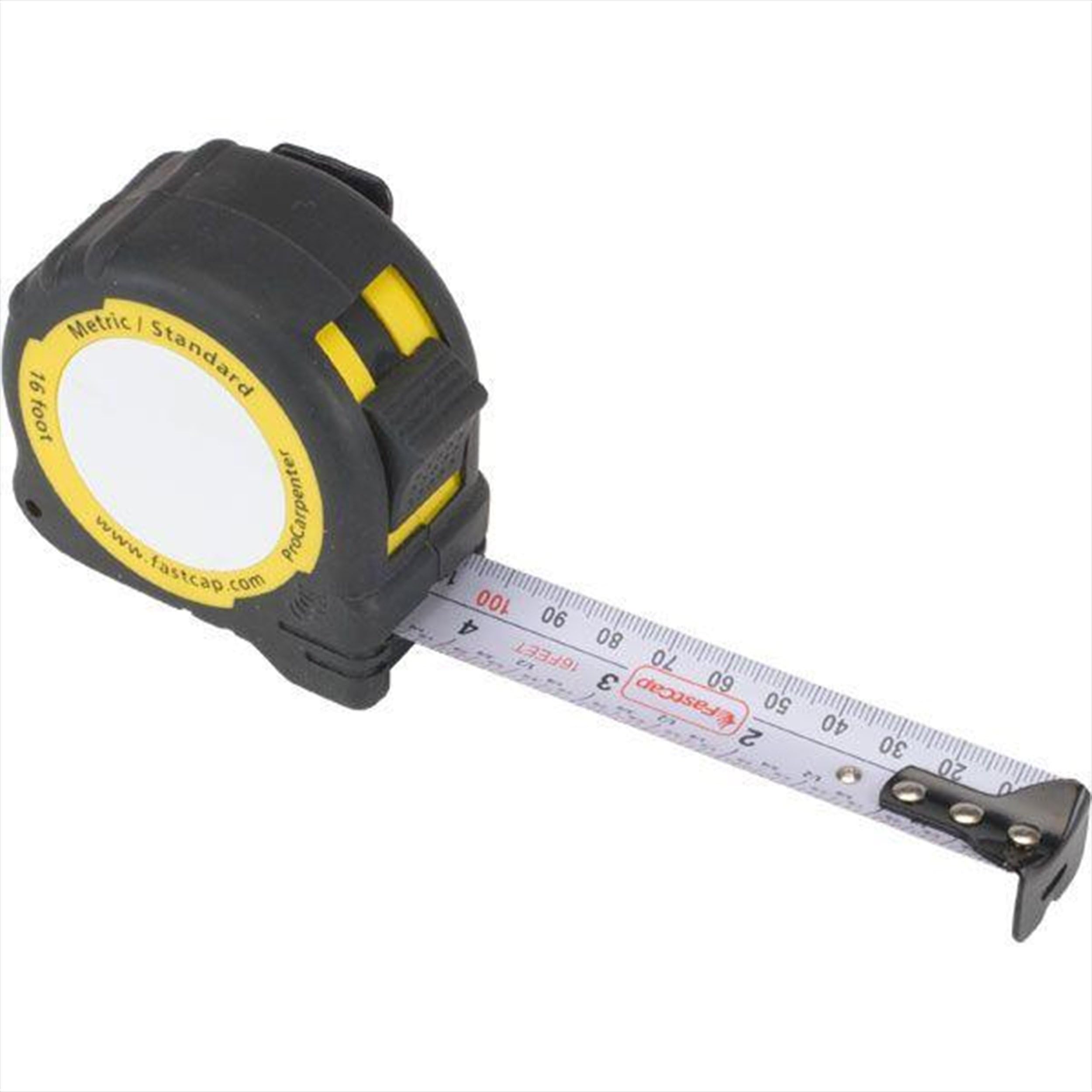 Choosing the Right mm on Tape Measure for Your Needs
Choosing the Right mm on Tape Measure for Your Needs
Assessing Project Requirements
Begin by evaluating the specific needs of your projects. Consider factors such as the typical measurement range, the environment in which you’ll be working, and the level of precision required. This assessment helps in selecting a tape measure with mm on tape measure that best suits your tasks.
Budget Considerations
Tape measures with mm on tape measure are available at various price points. Determine your budget and seek a tape measure that offers the best balance of features and quality within your price range. Investing in a quality tape measure ensures long-term reliability and precision.
Brand Reputation
Opt for tape measures from reputable brands known for their quality and reliability. Trusted brands often provide better customer support and warranties, ensuring long-term satisfaction with the mm on tape measure you choose.
User Reviews and Recommendations
Research user reviews and seek recommendations from professionals or peers. Real-world feedback can provide valuable insights into a tape measure’s performance and durability, helping you make an informed decision about the mm on tape measure.
Testing Before Buying
If possible, test the tape measure in-store to assess its feel, flexibility, and ease of use. Physical handling can reveal aspects not evident from product descriptions or reviews, ensuring the mm on tape measure meets your expectations.
Common Mistakes to Avoid
Not Keeping the Tape Straight
Allowing the tape to bend or sag can result in inaccurate measurements. Always guide the tape to remain straight and taut during use to maintain the precision of the mm on tape measure.
Measuring from the Wrong Point
Ensure you are measuring from the correct starting point. Confusion between internal and external measurements can lead to errors in the final results, especially when using the mm on tape measure for precise tasks.
Ignoring Kerf Adjustment
The kerf—the thickness of the tape measure hook—affects measurement accuracy, especially in precise projects. Adjust for the kerf by understanding how it influences your measurements to maintain the accuracy of the mm on tape measure.
Relying Solely on the Tape
While the mm on tape measure is accurate, double-checking with other measuring tools, such as rulers or digital meters, can enhance precision, especially in critical applications. This practice ensures that the mm on tape measure provides reliable results.
Overlooking Maintenance
Neglecting regular maintenance can impair the tape’s functionality and accuracy. Ensure you clean, lubricate, and inspect your tape measure with mm on tape measure regularly to keep it in optimal condition.
Enhancing Productivity
Quick Measurement Techniques
Developing efficient measurement techniques can save time and improve productivity. Practice extending and retracting the tape quickly while maintaining accuracy with the mm on tape measures.
Utilizing Multi-Function Features
Take advantage of the additional features available in modern tape measures with mm on tape measure, such as built-in calculators or level indicators, to streamline your workflow and enhance functionality.
Organizing Your Tools
Keep your tape measure with mm on tape measures organized with tool belts or storage solutions. Easy access to your measuring tool reduces downtime and ensures readiness for any task.
Integrating Technology
Combine traditional mm on tape measures with digital tools, such as smartphones or tablets, to record and manage measurements more effectively, especially in large projects. This integration enhances the accuracy and efficiency of your work.
The Future
Smart Tape Measures
The integration of smart technology into tape measures with mm on tape measures is on the rise. Features like wireless connectivity, automatic data logging, and integration with project management software are set to revolutionize the way measurements are taken and recorded.
Sustainable Materials
As sustainability becomes a priority, manufacturers are exploring eco-friendly materials for tape measures with mm on tape measures. Biodegradable coatings and recyclable components are being developed to reduce environmental impact.
Enhanced Durability
Future tape measures with mm on tape measures will likely feature improved materials and construction techniques, making them even more durable and resistant to wear and tear in demanding environments.
Advanced Measurement Capabilities
Innovations in measurement technology will continue to enhance the precision and functionality of tape measures with mm on tape measures. Features such as laser-guided measurements and smart calibration are expected to become more prevalent, offering greater accuracy and ease of use.
 Conclusion
Conclusion
In conclusion, the mm on tape measure is a versatile and essential tool for achieving precise measurements in a wide range of applications. By understanding the different types of tape measures, key features, and effective usage techniques, you can select the best tape measure with mm on tape measure to meet your specific needs. Additionally, maintaining your tape measure and avoiding common mistakes ensures long-lasting accuracy and reliability. As technology advances, the capabilities of mm on tape measure will continue to expand, offering even greater precision and convenience. Investing in a high-quality tape measure with mm on tape measures not only enhances your productivity but also contributes to the success of your projects, whether they are professional endeavors or personal DIY tasks.

